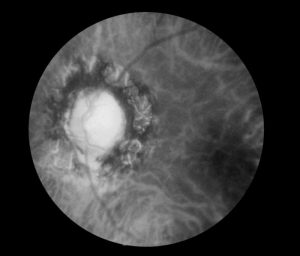More than two months after this website reported the first ocular syphilis cases in Washington State, the Centers for Disease Control and Prevention (CDC) issued a clinical advisory on the serious, possibly blinding bacterial disease.

The bulletin advises physicians on treatment and examinations, diagnostic procedures and reporting protocol. Read the complete advisory HERE
It reads…
Since December 2014, at least 15 cases of ocular syphilis from California and Washington have been reported to the U.S. Centers for Disease Control and Prevention. At least five other states have suspected cases under investigation. The majority of cases have been among MSM with HIV; and a few cases have occurred among HIV-uninfected persons including heterosexual men and women. Several of the cases have resulted in significant sequelae including blindness.
Neurosyphilis can occur during any stage of syphilis including primary and secondary syphilis. Ocular syphilis, a clinical manifestation of neurosyphilis, can involve almost any eye structure, but posterior uveitis and panuveitis are the most common. Additional manifestations may include anterior uveitis, optic neuropathy, retinal vasculitis and interstitial keratitis. Ocular syphilis may lead to decreased visual acuity including permanent blindness. While previous research supports evidence of neuropathogenic strains of syphilis, it remains unknown if some Treponema pallidum strains have a greater likelihood of causing ocular infections.


2 thoughts on “CDC issues ocular syphilis clinical advisory”